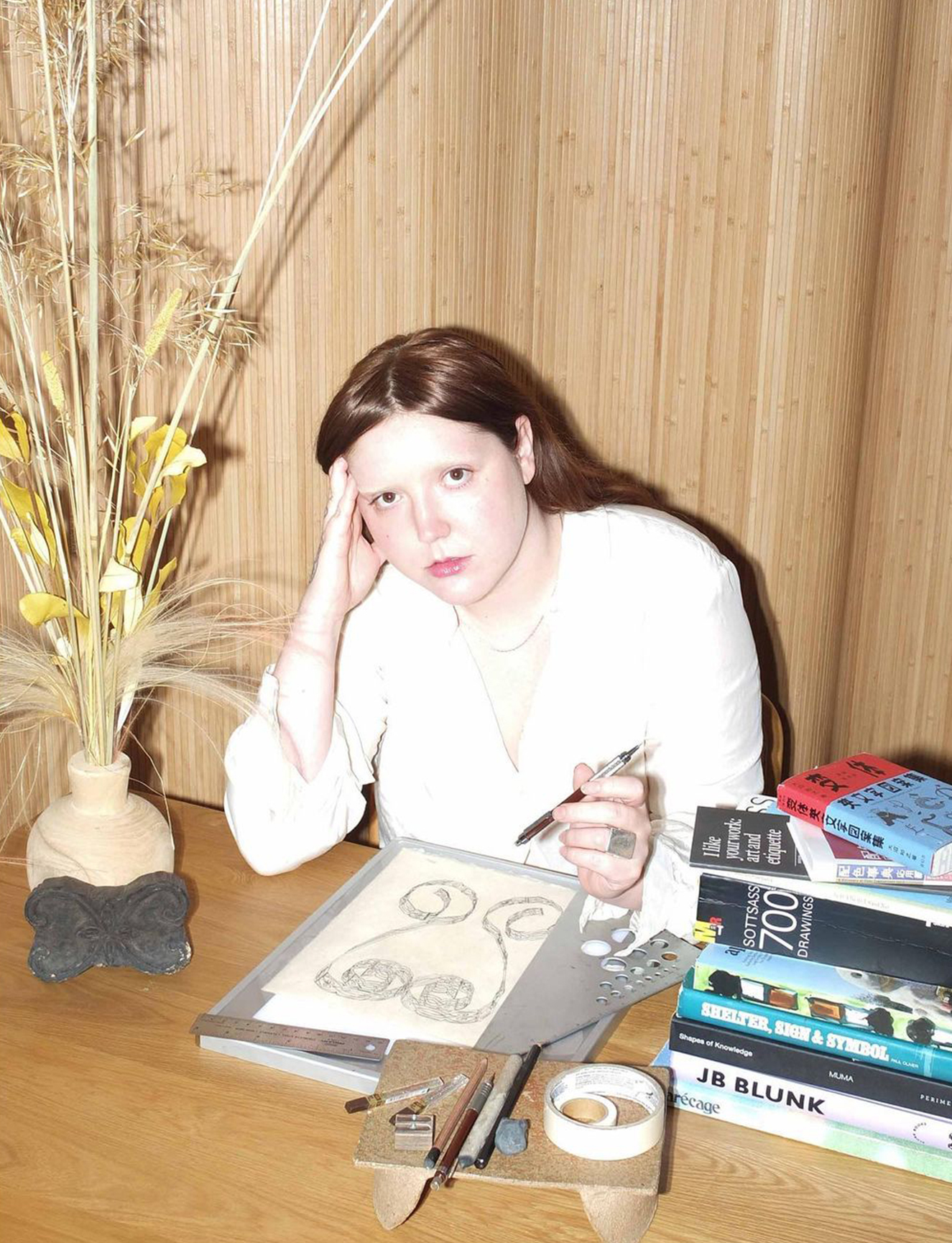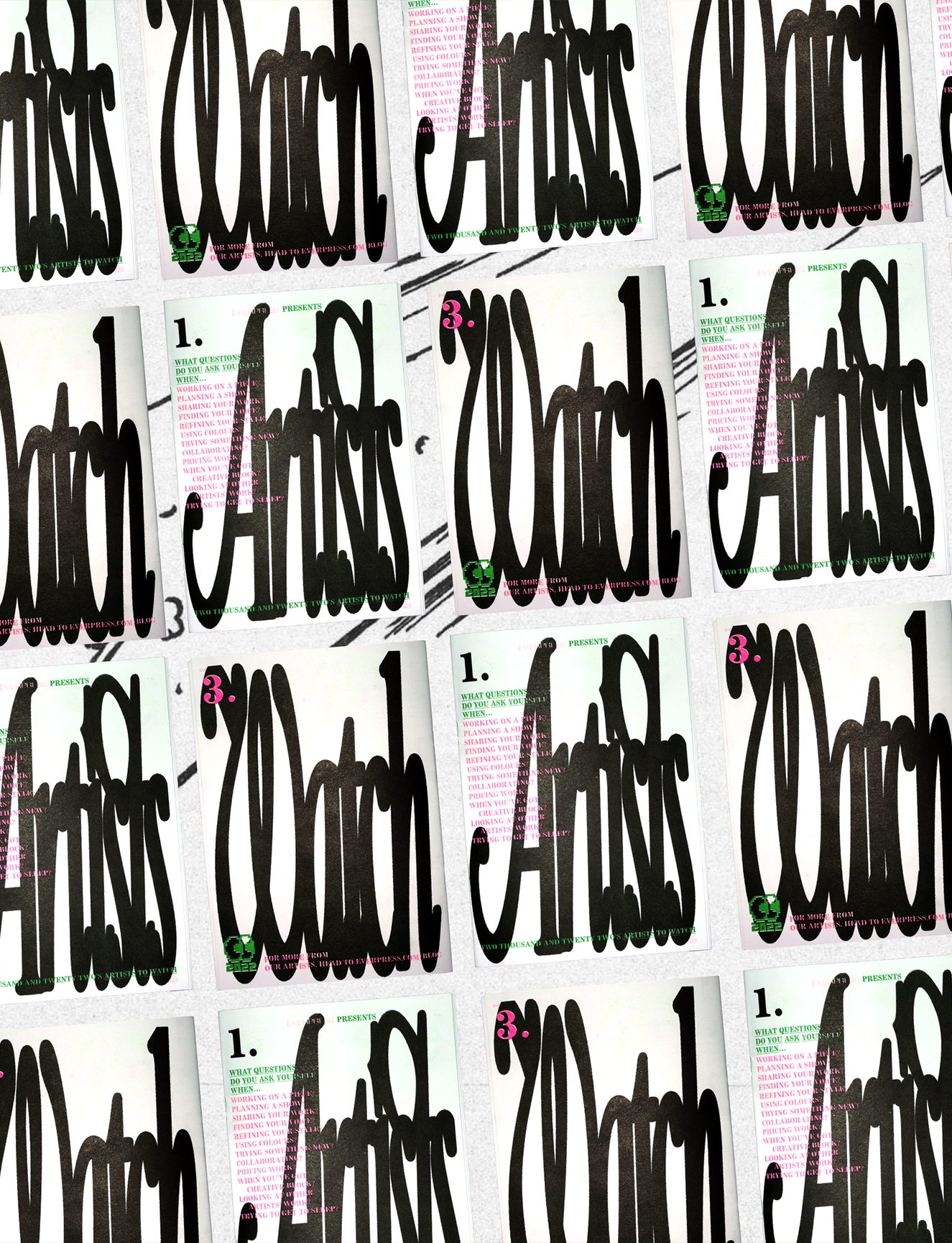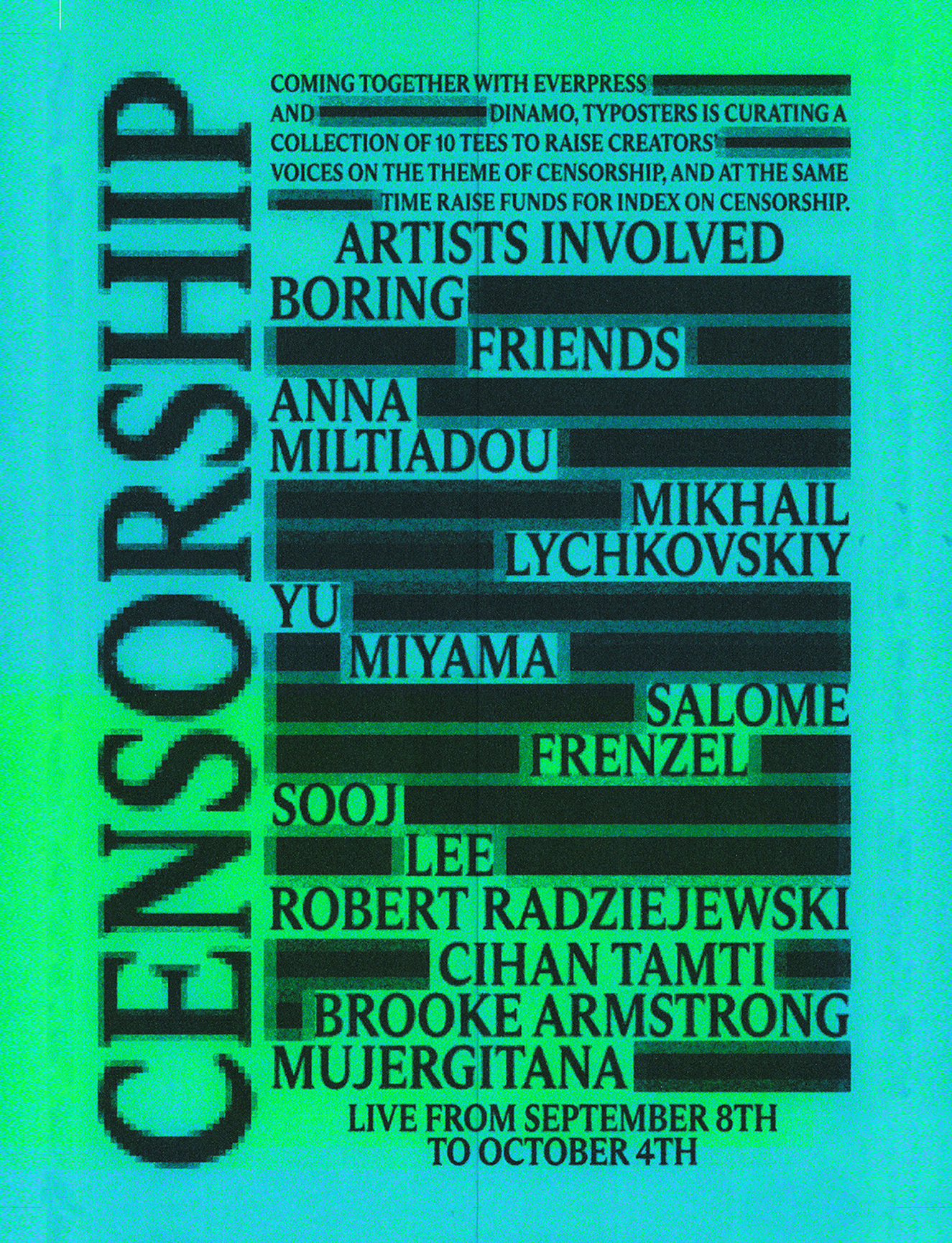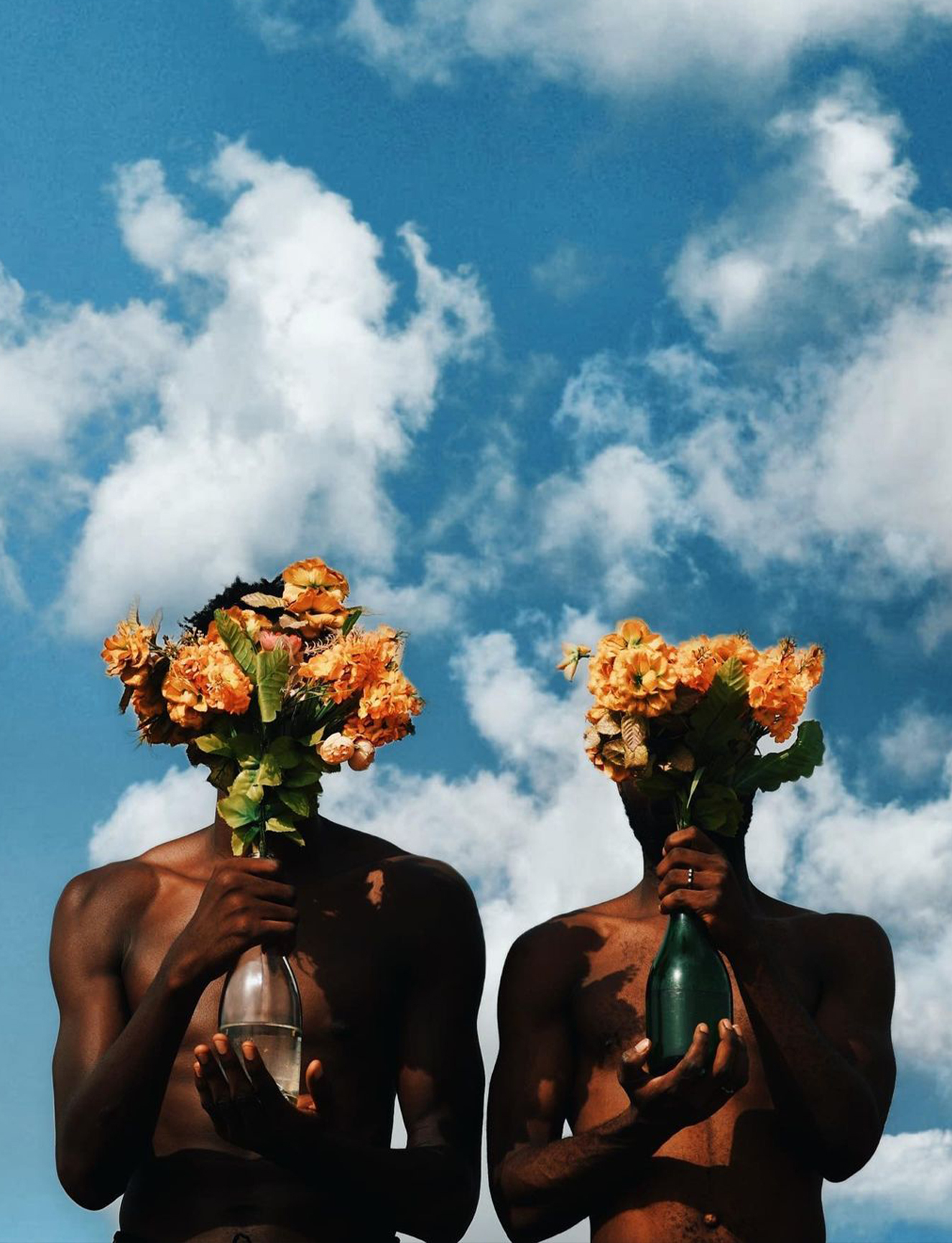Did you have a creative childhood?
I’ve had an artist’s spirit since I was little but initially I wanted to write. I grew up feeling torn between visual art and writing, and I didn’t see how romantically entwined they were until I became a teenager.
As a self-taught artist, what was your journey like to where you are now? How did you learn to be an artist?
When my family finally moved from the Midwest to Seattle I was lucky to see self-published artist books and small presses. I wasn’t sure I fit the ‘artist’ mould until then. So I wasn’t going through the institutional route and I didn’t have a trust fund, but I had this reference library and I was learning.
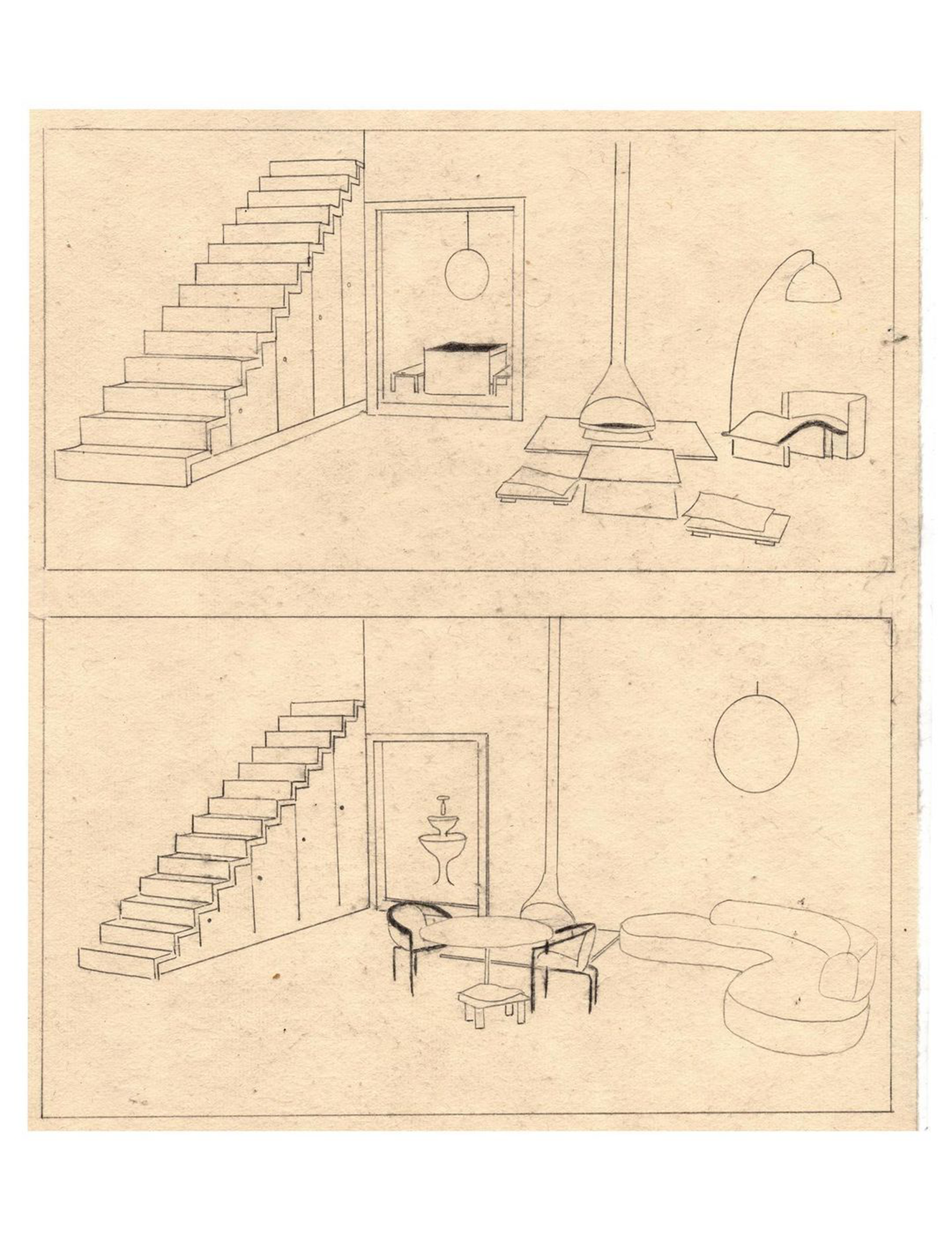
You make prints, physical, almost sculptural, objects, and clothes. I wanted to ask about the interplay between these different parts of your output?
It feels like performance art sometimes; I’m doing a balancing act through mediums. I want to be a published artist, I want to be a gallery artist, I want to share myself and what I’m feeling through paper and cloth. Half of that practice is strategy and ethos: how do I sell accessible work while still being invited to show? The other half is allowing myself to be the artist I want to be.
It feels like performance art sometimes
Typically, my larger works are meticulously planned, whereas drawings are ideas that I keep in my head or scribble on a piece of paper until I have the time to start. Deciding what the ‘container’ will be is the hardest part of making a larger piece. If it’s a large canvas, I tend to ask myself, “What would make seeing my work in that context more interesting?” Sometimes the ‘container’ will emerge and then the work will follow: I recently found a deconstructed teak room divider that no one wanted, and knew instantly that it would make a great basis for a textile piece. But I didn’t start working with it until I landed on what drawing would fit with it.
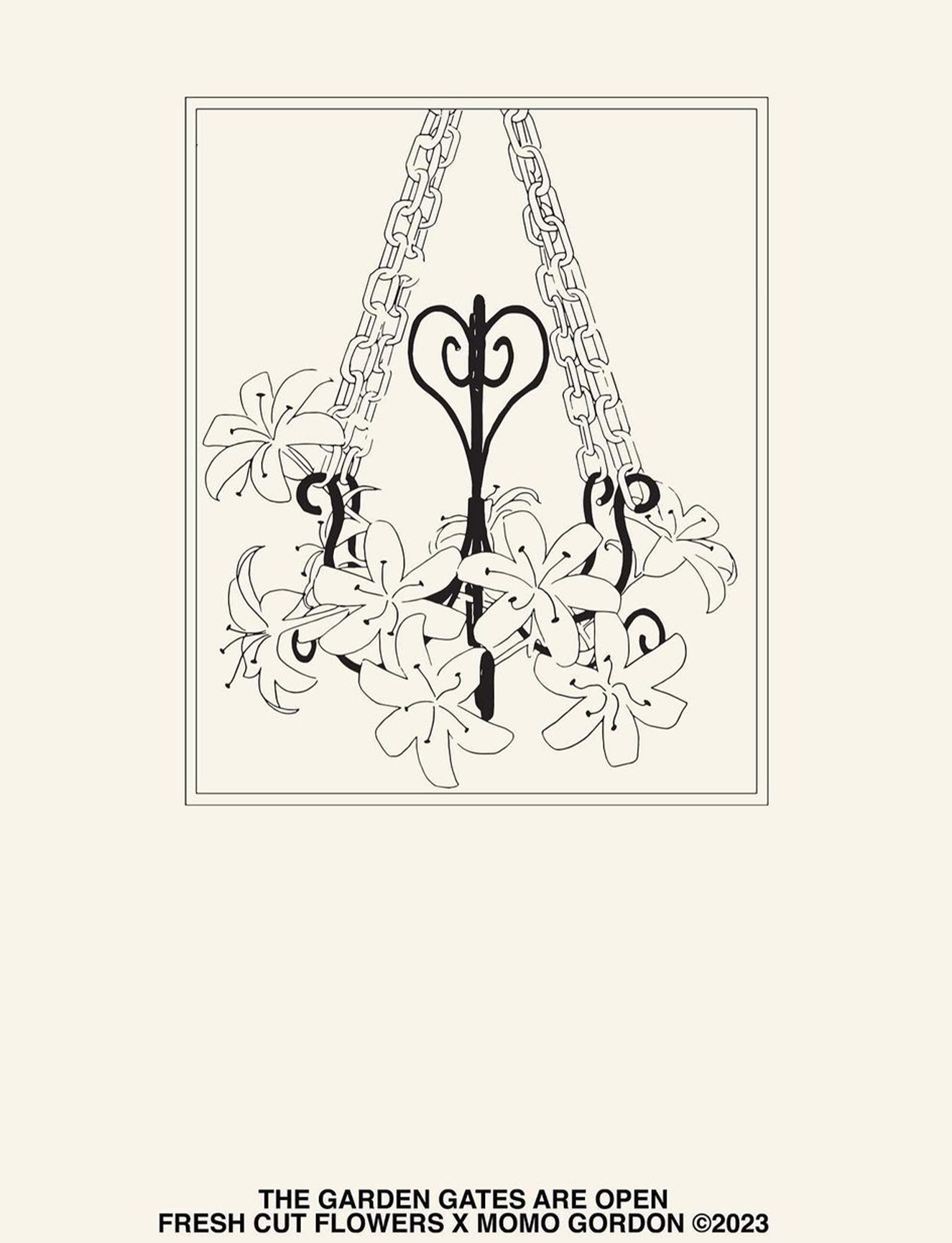
I read another interview in which you say, “Growing up, I always felt I had to choose between writing and drawing.” How does writing come into your practice?
Writing goes back to my comic roots. It’s so much a part of my process when making a new piece, that I won’t start drawing until I know what the title of the work will be. I use my interior and exterior spaces as external and internal thoughts. There’s always a conversation happening between my objects and environments.
You describe yourself as a maker of experimental comics. In terms of comics as a visual mode of storytelling, how do you think narrative comes into your work?
In comics you build panels to create the story, and every piece I draw I consider to be a panel of work. With this thinking my way of working on a solo show or book becomes a very homogeneous act. The title of a piece becomes the words in the panel. Instead of simply having a show thesis at the gallery I now have an entire publication which can be seen later by those not able to attend the show but in bookshops. My publication table 42 with the publisher Dale Zine described an apartment’s life through time, the only constant being the landlord special. Every page was an original from my solo show at Dale Zine’s gallery in Miami.
Sharing work feels vulnerable
What project or piece of work do you think you learned the most from?
What surprises me most about being an artist is learning how much I can endure. Sharing work feels vulnerable; with every publication or show no one will truly know the amount of problem solving, or the physical and mental strain that might have gone into the work itself. What surprises me is learning that I can hold all that and still share my work. Learning to be completely vulnerable comes from practice.

How do you know when something you’re working on is ‘finished’?
When you find your style as an artist the ending becomes intuitive, but there is always room to be surprised. Recently I was installing my last solo show, ‘Labyrinth This Way’, and I had a table setting art work framed and ready to hang. The gallerist at Lowell Gallery, where the exhibition was being held, wanted to show me these miniature glass pieces she had collected. There was this moment when a tiny wine glass in the collection came out of her bundle; we just thought, “Wouldn’t that be great on the frame itself?” I couldn’t believe I had thought the work was finished before.
Read More: Lea Woo: Drawing From Tradition



